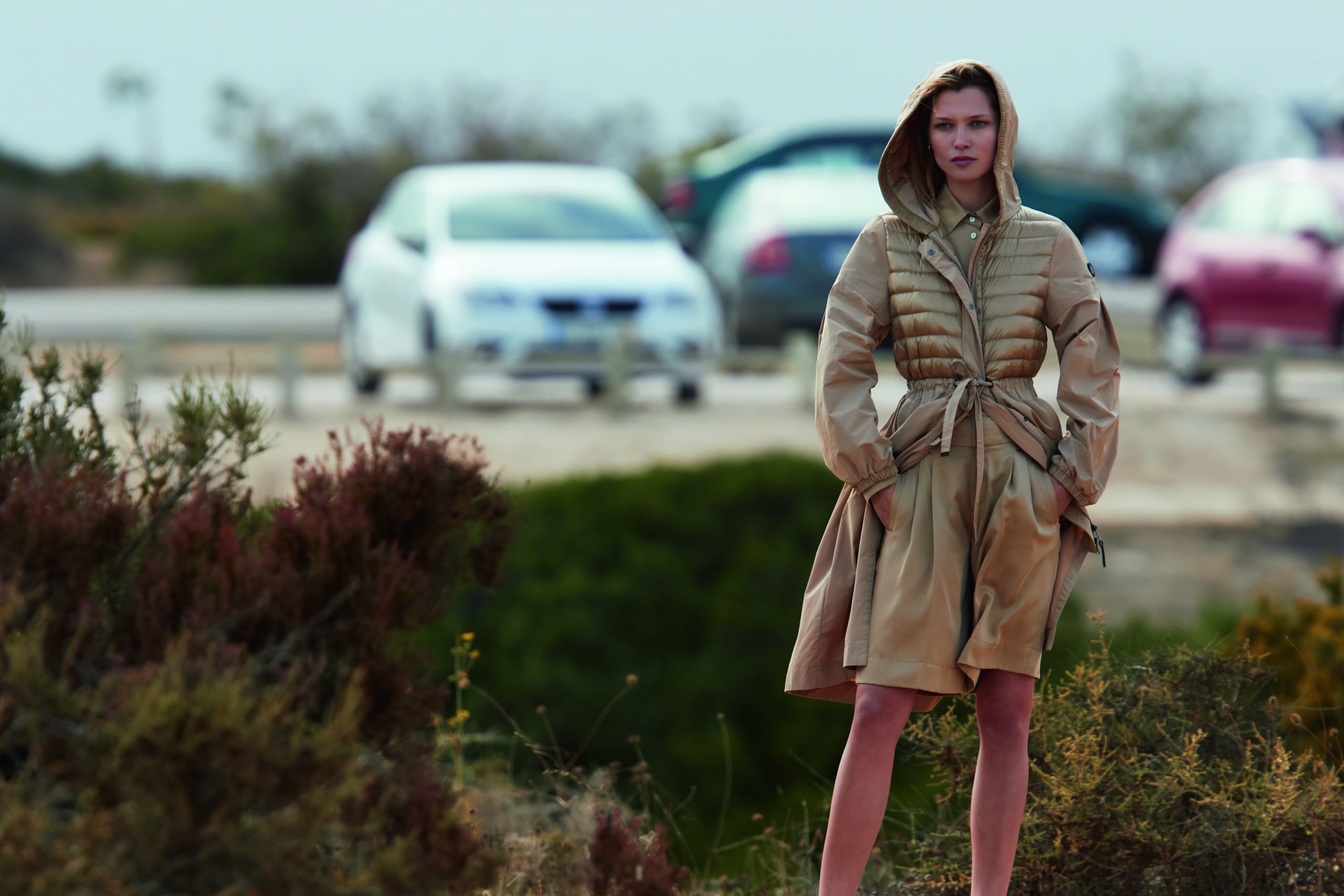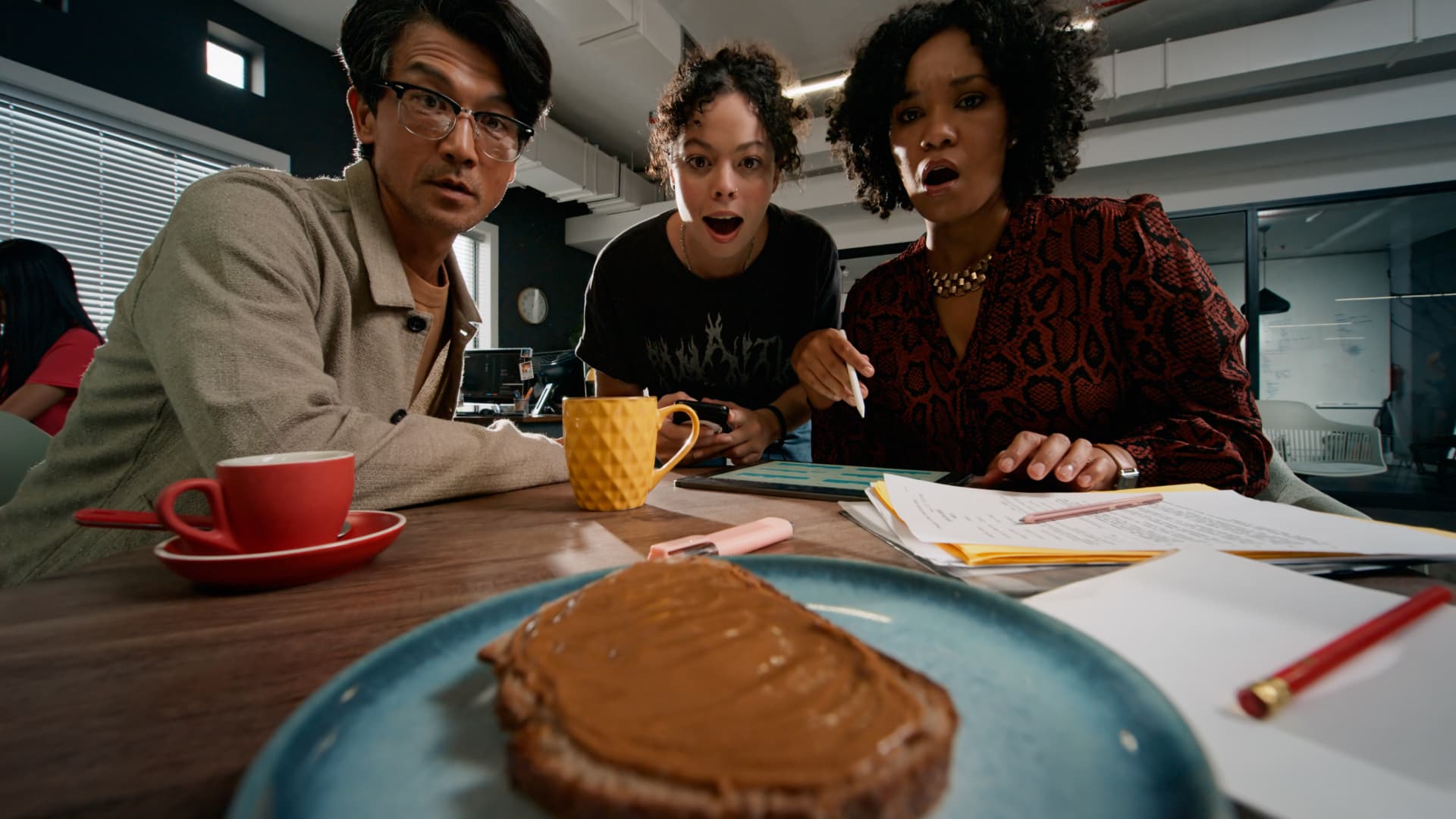Fashion’s next normal: stories over products, content over ads and purpose over promotion

Coco Chanel famously said that “In order to be irreplaceable, one must always be different.”It’s time for fashion brands to forget about the “new normal” and start work on the next normal.
This was the focus of our most recent DEPT® Talk, where some of our Depsters were joined by speakers from Highsnobiety, TikTok, Vogue Business, Ganni, ASOS, Otrium and ABOUT YOU to explore how fashion brands are tapping into the needs of digitally native consumers and redefining the ecommerce experience.

Here are some of the most important takeaways from all of the insightful discussions that took place:
The rule book is changing and the “new luxury” is emerging
Keynote speaker Angus James MacEwan, SVP and head of US business at Highsnobiety, noted that his company coined the term “new luxury” back in 2018 to signify the shift taking place in the fashion industry. Whereas traditional luxury was very much driven by affluence and how much something cost or how exclusive it was, new luxury is driven by knowledge. That is the new cultural currency.
Today, Highsnobiety looks at its audience as “cultural pioneers”. These are the consumers that exist in the new luxury space. And there are significant differences in their behavior and expectations versus other consumer sets.
- They buy stories first. MacEwan noted “the story is such an incredibly important part of the experience for this consumer. It has to come first chronologically. Before the product. Because of the story, the product becomes so much more interesting.”
- They know when they are being marketed to. These consumers are forcing brands to think differently because they are mostly turned off by marketing in its traditional form. Brands are shifting more towards choosing consumers they want to serve and hyper serving them rather than trying to please everyone.
Given all of this, MacEwan encouraged brands to create their own brand universes.
“We enjoy watching brands move away from turning a campaign engine on/off twice a year to finding ways to invite consumers into a universe 365 days a year,” said MacEwan. “The number one reason why a consumer from our audience segment would follow or engage with a luxury brand is that they’ve been invited into their universe.”
The new 4 P’s of marketing – purpose, pride, partnerships and positioning
Anusha Couttigane, head of advisory at Vogue Business, spoke about the evolution of marketing as we move into an era of more awareness and compassion. Brands are shifting away from traditional marketing focuses of product, price, place and promotion toward more emotional values focused on purpose, pride, partnerships and positioning.
“The idea of storytelling is becoming more important. Brands need to build relevance. Make intimate connections with real people and find a more personal, authentic way of communicating with consumers,” said Couttigane.
- Brands are centering around purposes they are committed to. Whether it’s Faduma’s Fellowship developing inclusive, adaptable collections for consumers in wheelchairs, or ASOS introducing visual search functions which enable neurodiverse consumers to access content easier, brands are doing more to make themselves more accessible to a wider range of consumers.
- Brands are also focusing more on pride and celebration of diversity, heritage, sexuality, and even flaws. Couttigane referenced Dove and Target as examples of brands focusing on body positivity and authenticity in their campaigns, as well as Maybelline’s partnership with Urban Sophistication that debunks beauty stereotypes and expectations that have become normalized through social media.
- Luxury brands are also pursuing more authentic partnerships, like Louis Vuitton’s work with South Korean ambassador Jung Ho-Yeon following the success of Netflix’s Squid Games or Dell’s work with actress and jewelry designer Nikki Reed to develop a collection from recycled Dell motherboards.
- Positioning is also evolving to focus less on price points and more on new spaces that brands can occupy, such as experimenting in the metaverse.
Couttigane encouraged fashion brands to take risks because these new 4 P’s are new territory and emotional subjects in many cases. It can be risky to engage. But if brands do it authentically and tap into the values that are important to them, the risks will pay off.
Original content over traditional ads is the formula for success on TikTok
John Mooney, the brand creative director for Asos.com remarked on what an insane year ASOS has had when it comes to its TikTok hashtag challenges, which have generated over 6 billion views.
“We kept our eye on TikTok to see how it would develop and how different of a platform it was. It was undeniably important with so much fantastic content. For our personality, if we could manifest into a human entity, we want to have fun. We are joyful, playful and don’t take ourselves too seriously. And TikTok is a fantastic, fun entertainment channel,” said Mooney.
Mooney pointed out that a key early lesson was learning that while of course brands are spending a lot of money on campaigns and producing ads, really you’re producing content at the end of the day. An ad, in the traditional sense, is just getting in the way of the consumer seeing what they want to see. For Mooney, the lesson learned with TikTok is that the community will not abide by rigid advertising. It should feel more like organic content with a layer of fun on top.
Cassandra Russel, head of fashion, luxury, beauty and retail brand partnerships at TikTok seconded this, noting that there is “no better place to be real than TikTok. Brands can act like a creator, not a brand. I don’t say that lightly, as I know it takes a lot to create a style of creation for brands. But success is ready and waiting on TikTok for those that do it well.”
- “3.2 billion avatars are looking for something to wear right now,” according to Ali McClintock, client planning director at DEPT®. When discussing the metaverse and the opportunity to wear clothes solely on social platforms, McClintock pointed out that consumers care about the way they look in their digital life as they do in real life. “There is some skepticism about accepting avatars as a digital representative of self-expression. They are a fun, playful extension of our physical forms. We’re not becoming robots, we just have more spaces to play,” she said.
- “12% of fashion stays unsold,” according to Chiara Piccolo, Head of Product B2C at Otrium. Otrium is focusing on a simple purpose – all clothing should be worn. Otrium believes we can use personalization, data and technology to march unsold inventory with the right consumer.
- “We try to do things authentically and honestly at Ganni,” which was the backdrop for how Ganni worked with Dept to build its first virtual showroom experience in just six weeks during the pandemic according to Josefine Laigaard Anderson, head of business development at Ganni.
If you weren’t able to tune in live and hear all of these great insights for yourself, you can check out our on-demand version here.
And here’s to embracing fashion’s next normal in 2022!
More Insights?
View all InsightsQuestions?
Head of Marketing US




